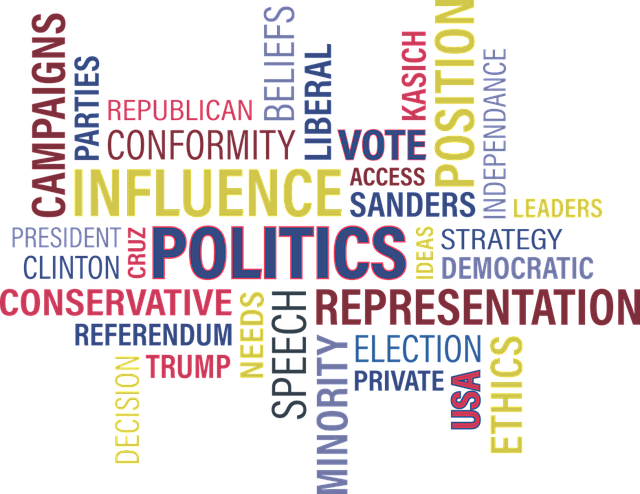An election for President of the United States occurs every four years on Election Day, held the first Tuesday after the first Monday in November. The 2016 Presidential election will be held on November 8, 2016.
The election process begins with the primary elections and caucuses and moves to nominating conventions, during which political parties each select a nominee to unite behind. The nominee also announces a Vice Presidential running mate at this time. The candidates then campaign across the country to explain their views and plans to voters and participate in debates with candidates from other parties.
During the general election, Americans head to the polls to cast their vote for President. But the tally of those votes—the popular vote—does not determine the winner. Instead, Presidential elections use the Electoral College. To win the election, a candidate must receive a majority of electoral votes. In the event no candidate receives the majority, the House of Representatives chooses the President and the Senate chooses the Vice President.
According to the US Constitution the President must:
- Be a natural-born citizen of the United States
- Be at least 35 years old
- Have been a resident of the United States for 14 years
When you cast your vote for President, you are actually voting for a group of people known as electors. They are part of the Electoral College, the process used to elect the U.S. President and Vice President.
The Electoral College serves as a compromise between election of the President by a vote in Congress and election of the President by a popular vote of qualified citizens.
The process begins when political parties select the people who will serve as electors, The electors meet to vote for President and Vice President, and then Congress counts the electoral votes.
There are a total of 538 electors. A candidate needs the vote of more than half (270) to win the Presidential election.
- Each state’s number of electors is equal to the number of its U.S. Senators plus the number of its U.S. Representatives. Washington D.C. is given a number of electors equal to the number held by the smallest state. View the division of electors on a map of the U.S.
- In 48 states, when a candidate receives the majority of votes, he or she receives all of the state’s electoral votes.
- Maine and Nebraska are the only two states that use the congressional district method.
- For example: Nebraska has five electoral votes (one for each of the three congressional districts plus two for the state’s senate seats). The winner of each district is awarded one electoral vote, and the winner of the statewide vote is then awarded the state’s remaining two electoral votes.
- U.S. territories are not represented in the Electoral College.
It is possible for a candidate to receive the majority of the popular vote, but not of the electoral vote, and lose the Presidential election.
- For example: If the United States had only three states each with a population of 100, each state would have three electoral votes (2 Senators plus one House of Representatives member) so a candidate would need 5 electoral votes to win the election.
- Candidate 1 wins the first two states by receiving 51 votes per state and loses the third state by receiving just one vote. This gives them a total of 103 popular votes from all three states (51 + 51 + 1). And this translates into a total of six electoral votes–three each from the states the candidate won and none from the state the candidate lost.
- Candidate 2 loses the first two states by receiving 49 votes per state and wins the third state by receiving 99 votes. This gives them a total of 197 popular votes from all three states (49 + 49 + 99). And this translates into a total of three electoral votes–none from the two states the candidate lost and three from the state the candidate won. Because electoral votes are what count in the end, even though Candidate 2 won the popular vote, they lost the electoral vote and therefore lose the election.
Because the Electoral College process is part of the U.S. Constitution, it would be necessary to pass a Constitutional amendmentto change this system. For more information, contact your U.S. Senator or your U.S. Representative.






Leave a Reply